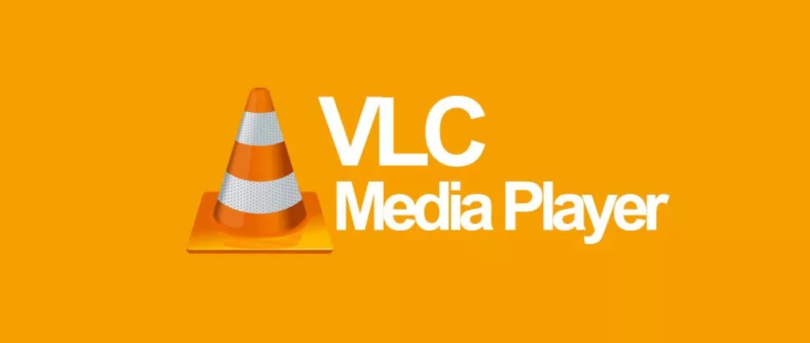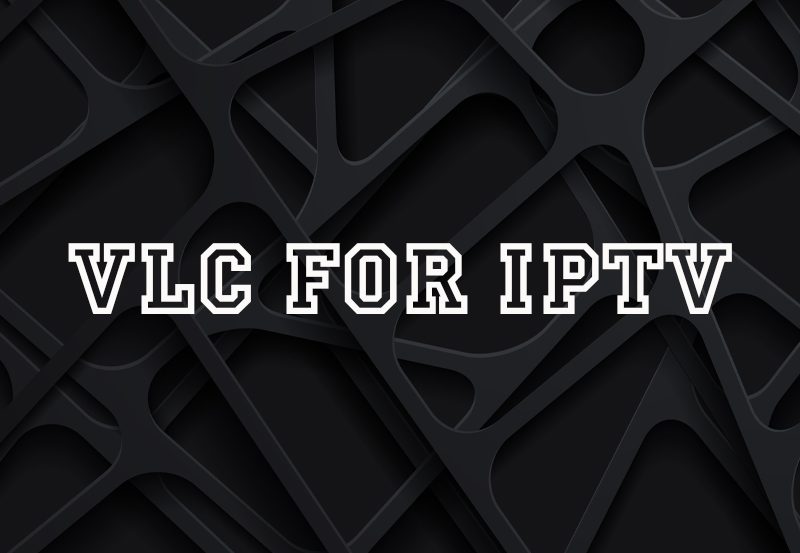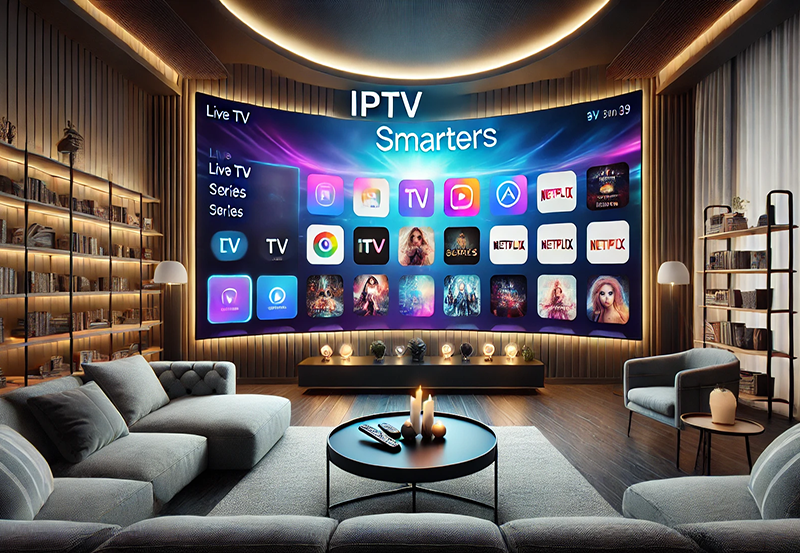The world of IPTV has revolutionized how we consume media, with VLC being one of the top players in the field. However, even the most advanced tools can run into issues, and sound desynchronization remains a common problem faced by users. In this article, we will explore the top ten sound desynchronization issues with VLC’s IPTV, and provide practical solutions to enhance your viewing experience. Read on if you wish to stream smarter and enjoy IPTV better.
Understanding the Basics of Sound Desynchronization
Sound desynchronization, or audio lag, occurs when the audio stream does not match the visual timeline. This can often render premium IPTV with movies and series unwatchable. Understanding the root causes is crucial in tackling this issue effectively.
Usually, sound desynchronization happens due to varied factors, including discrepancies between the frame rate of the video and the playback settings in VLC. Moreover, the network connection and source material can also play a significant role.
Quick Suggestion:
Upgrade your viewing experience with Best IPTV USA, designed for flawless streaming of your favorite content.
Common Causes of Sound Issues in IPTV
In the evolving landscape of IPTV, issues with sound can stem from multiple causes. These include:
- Differences between audio and video codecs.
- Network buffering challenges.
- Incompatibility between streaming devices and software.
The Role of Hardware in Sound Synchronization
Your hardware setup can significantly impact sound synchronization. For instance, using an outdated sound card or faulty cables can contribute to lags. Regularly updating your equipment ensures a smoother viewing experience.
Impact of Sound Cards
Sound cards must be regularly updated to handle new codecs and streaming protocols. An old or unsupported card can lead to problematic audio delay.
Checking Connections and Cables
Ensuring that all cables and connections are secure and functioning is key. A faulty cable could be the simple cause of your audio woes, making regular checks essential for optimal performance.
Software Settings and Their Influence
VLC offers a multitude of settings that, when configured rightly, can greatly enhance your IPTV experience. However, these settings, if incorrect, can also be the source of your desynchronization troubles.
Adjusting Buffering Settings
Buffering can often be adjusted in VLC settings by navigating to Preferences → Input/Codecs. Here, altering the Cache value can help mitigate audio sync problems, offering smoother playback.
Increasing Cache Values
A higher cache setting can prevent frequent buffering, which usually results in audio lag. By trial and error, find a cache size that works best for your network speed.
Synchronization Features in VLC
VLC allows manual syncing of audio and video through the Tools menu. This quick fix involves slight delays or advances in audio, aligning it perfectly to the video.
Network Factors That Affect IPTV Streaming
Your network setup is foundational to the performance of your IPTV. Ensuring robust internet bandwidth and stability can often address streaming and audio synchronization issues.
Internet Speed Requirements
IPTV requires a stable internet connection with sufficient bandwidth. Insufficient speed can lead to buffering and delay, thereby affecting synchronization.
Router Configuration Tips
Ensure your router’s firmware is up to date. Additionally, placing the router in a central location can reduce latency, mitigating desynchronization complexities.
The Impact of Source Material on Synchronization
Issues can often be traced back to the source files themselves. An improperly encoded file can exhibit notable desynchronization that affects playback reliability.
Quality of the Source Material
Source material quality is often overlooked. When streaming poor-quality media, expect frequent audio issues as content may not be encoded to accommodate standard playback.
Choosing Reliable IPTV Providers
Opt for premium IPTV services that ensure both content quality and reliable streaming. Providers should be known for overcoming common issues and offering superior technical support.
Troubleshooting Sound Desynchronization Issues
If you encounter sound desynchronization with VLC’s IPTV, a series of troubleshooting steps can help identify and resolve the issues. Approach these methods systematically for effective results.
Running Updates and Reinstallation
Always use the latest version of VLC. If issues persist, reinstalling the application can sometimes erase underlying bugs causing synchronization problems.
Investigating External Software Conflicts
Conflicts with other applications running on your device might lead to sound desynchronization. Disable or close unnecessary software to test for improvement in audio performance.
User Tips for Enhanced IPTV Viewing Experience
For those looking to elevate their IPTV experience beyond resolving synchronization issues, adopting certain habits can lead to a vastly improved streaming scenario.
Regular Equipment Check-Ups
Keep all your streaming devices updated. New firmware and software often fix bugs that could impair your viewing, ensuring better synchronization.
Optimize Your Viewing Environment
Position your devices where wireless signals are the strongest and minimize potential interference. Creating a conducive environment for streaming can reduce possible synchronization difficulties.
Preemptive Solutions for Future Desynchronization
Prevention is better than cure. Taking measures to avoid sound issues from the start ensures uninterrupted entertainment with IPTV streams.
Evaluating New Streaming Methods
Explore new technology and streaming techniques that prioritize synchronization and quality. Keeping abreast of innovative approaches can promote an improved viewing environment.
Enabling Ecosystem Synergy
Adopting a well-integrated media ecosystem that ensures compatibility across devices and content provides a buffer against potential playback issues.
FAQ Section

Why is audio lagging behind video in VLC?
Audio lag in VLC often occurs due to misconfigured codec settings, inadequate buffering, or network-related issues. Adjusting settings or checking your Internet connection might help.
Can updating VLC fix sound synchronization problems?
Yes, updating VLC can often resolve sound issues as newer versions may contain bug fixes and improvements addressing synchronization.
What are the ideal VLC settings for optimal streaming?
Optimal settings include tweaking the cache size under Input/Codecs and regularly updating the software. Using synchronization tools in Tools also helps manage minor audio adjustments.
Is sound desynchronization common with IPTV?
Sound desynchronization is a common issue with IPTV, particularly when using outdated software or encountering low-quality source material. Regular updates and choosing a reputable IPTV provider can ameliorate the issue.
How do I identify if the problem is with my network?
Run a speed test and ensure stable internet connectivity. If buffering and delays persist despite decent speed, your network setup may require re-evaluation, such as router placement or settings adjustment.
Are there tools for auto-syncing sound with video?
VLC’s built-in synchronization features allow for real-time adjustment of audio-to-video delay, offering a user-friendly approach to managing minor sync issues effortlessly.
Exploring these solutions is sure to enhance how you stream smarter and indulge in IPTV to its full potential. Tackle the sound sync issues so nothing disrupts your enjoyment of premium IPTV with movies and series.
Breaking Down IPTV Connection Problems for New Users





